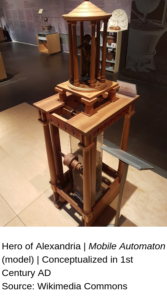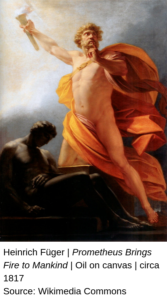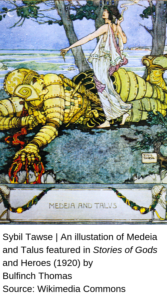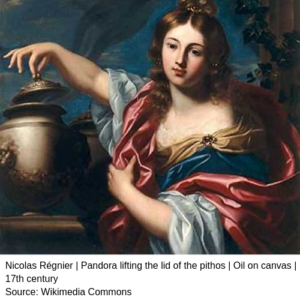The Mythos of Artificial Intelligence

Where was the line going to be drawn between the sacred and the god-given as separate from the artifice, the mechanical, and the man-made, these early scientific minds would come to wonder. A crucial debate today runs along those lines, and is perhaps approached with far more trepidation, and that is within the ethics of AI; the dangers that it may pose, with doyens in the field like Elon Musk raising an alarm. It makes one wonder whether this is the first time that these issues of giving power to AI in the form of consciousness have risen, did the early thinkers and inventors not consider the potential both positive and negative, and if they did what was their approach in coming to terms with it.
It is helpful to consider the spirit of the Renaissance period, where a deeply ingrained ideal of what drives creation was this notion of the divine and the muses, as is explored in Elizabeth Gilbert’s Big Magic. These external entities were believed by many to be the source of their genius, and in having that external impetus behind these extraordinary inventions of artifices, it was perhaps easy to shoulder the responsibility that came with creating them. It made carrying the existential burden of giving machines and man-made inventions a consciousness, and creating something which one day may very well be beyond human control, not that urgent of an issue. Therefore, in that invigorating environment of scientific and creative temper, these mechanical innovations, the early AI experimentations (so to speak), became a medium for humanity to connect with the divine, with the universe, and with the very laws that founded the basis of human existence. Medieval automata gave those early thinkers the ultimate field of creation through which we could explain our own bodies and their relationship with our environments, forming the pillars of natural philosophy and paving the way for what we would come to develop as modern science.
Interestingly enough the Oxford Dictionary’s definition of the robot, a mechanical invention, is demarcated into two definitions. The first explicitly belongs to the realm of science fiction or scientific romances as they were once known and is something along the lines of, “a machine resembling a human being and able to replicate certain human movements and functions automatically.” Then there is the second definition which is meant for greater real-world application and states, “A machine capable of carrying out a complex series of actions automatically, especially one programmable by a computer”. It is a fascinating line of distinction drawn between these two remarkably similar definitions. The one of fictional realms is shockingly rudimentary and somewhat primitive, almost begging for an update, a surprising fact when one considers just how far the imagination and wonder in the realms of science fiction has been a precursor to reality. The process of creation begins from idea to thought-process to realisation to execution, and time and time again these ideas have germinated within the creative space of the human consciousness. This human consciousness which was built upon cultural myths, a collective of stories encapsulating the entirety of the human experience which historically imagined what a world driven by machines and AI technology would look like.




